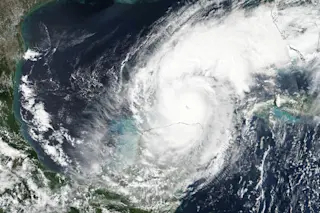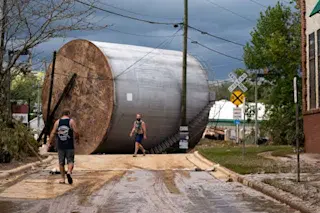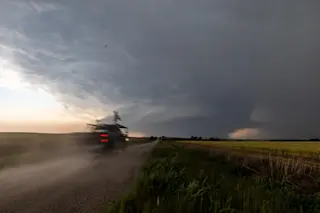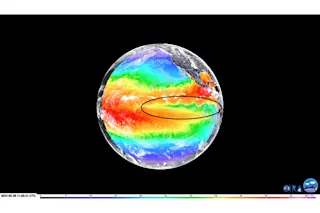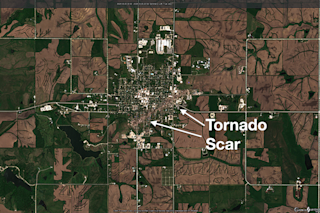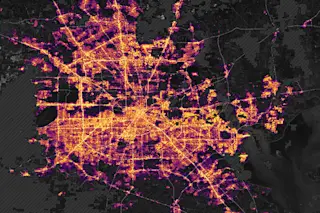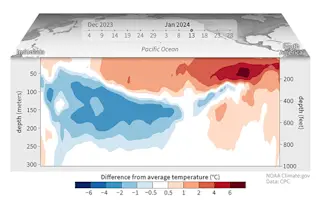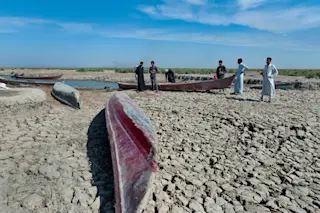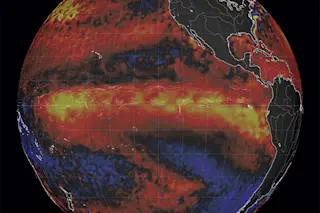Who knew this spring's soggy weather fell under the umbrella of physics research? Scientists found that when raindrops fall faster than physics predicts, the drops have actually broken into smaller droplets, according to a study in the journal Geophysical Research Letters. And because weather services gauge rainfall based on the velocity at which droplets fall--conventional wisdom holds that large drops should hit the ground at a higher speed than do smaller droplets--these results could improve the way we predict weather. All falling objects have a so-called terminal velocity, a speed they can't surpass due to air resistance. Therefore, larger drops generally should fall faster because their heftier size helps them power through air resistance more easily than little drops. (In the extreme case, think of fog: water droplets so small they don't fall at all.) But data showing small drops sometimes impact the ground at the same speed as larger ...
Some Tiny Raindrops Land Moving Faster Than Their Terminal Velocity
Discover how fast-flying droplets challenge weather predictions and improve insights into raindrop dynamics and terminal velocity.
More on Discover
Stay Curious
SubscribeTo The Magazine
Save up to 40% off the cover price when you subscribe to Discover magazine.
Subscribe

